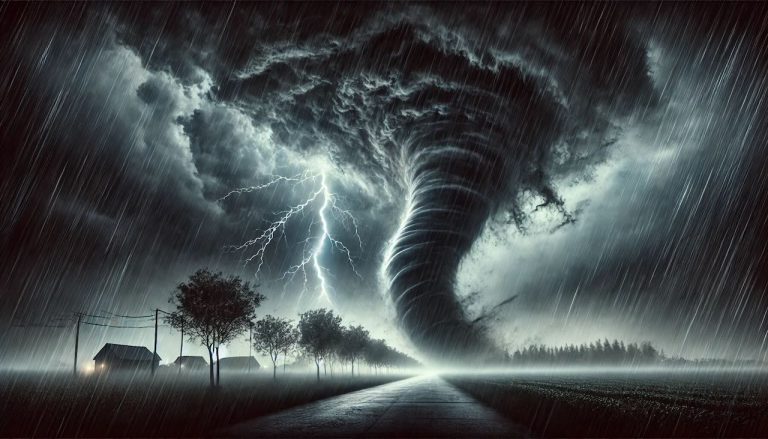
According to annual statistics just released by Munich Re, global catastrophic losses due to weather events will reach US$298 billion in 2024.
Munich Re blamed the losses on – what else – climate change, dramatically declaring that “climate change is showing its claws” and “climate change is taking off its gloves”. [emphasis, links added]
Munich Re's attribution assertion contrasts with its biggest rival Swiss Re's description of 2024 loss totals, which cites economic developments as the “main driver” of higher loss totals:
“Economic development remains the main driver of the decades-long increase in insured losses from floods and other hazards. However, as natural disaster risks rise and price levels increase, insured losses will continue to grow at an annual rate of 5% to 7%. As rates grow, coverage gaps are likely to remain high, highlighting the need for adaptation coupled with adequate insurance coverage to support financial resilience.
To better understand global disaster losses, it is helpful to place them in the context of the global economy, which, like climate, changes over time.
This 2019 paper details the methods and data:
Pierke, Jr. (2019). Track the progress of the economic costs of disasters against SDG indicators. environmental hazards, 18(1), 1-6.
The chart below updates the time series of Munich Re's catastrophe loss record as a share of global GDP.

The loss in 2024 will be about 0.26% of global GDP, similar to 2021 and 2022, much lower than 2005 and 2017, and higher than 2018, 2019 and 2023.
The overall trend has been declining since 1990 – from about 0.25% of GDP in 1990 to about 0.20% in 2024. In the 1990s, it was common for disaster losses as a share of GDP to exceed 2024.
The data in this chart is good news— In terms of economic losses, the impact of extreme weather is smaller today than it was 35 years ago.
Last fall, Verisk released an estimate of projected global insured losses (specifically, AAL, or average annual losses) of $151 billion.
If we double that, as is common practice in estimating total (insured and uninsured) losses, we get $302 billion, This is almost exactly what the actual losses will be in 2024.
Losses in 2024 of approximately $300 billion are substantial, but far from unexpected or unusual.
Verisk's 2023 average annual losses are estimated at $133 billion, meaning expected insured losses increased by $18 billion in just one year from 2023 to 2024.
Bill Churney, president of extreme event solutions at Verisk, attributes the alarming surge in disaster losses to several key factors.
Key drivers include rising exposures driven by ongoing construction in high-risk areas, as well as rising replacement costs due to inflation.
While climate change is often cited as a factor, Cherney emphasized that year-over-year increases in exposure and replacement values will have a more direct impact.
Verisk expects risk to continue to increase by 7.2% per year, meaning insured losses will continue to increase. Velisk explained:
“While actual annual insured losses over the past five years are high, averaging $106 billion, they should not be viewed as outliers.
“Our modeling shows the insurance industry should be prepared to withstand annual insured losses from natural catastrophes averaging $151 billion, well above losses in big loss years.”
It is not surprising that the growth of risk exposure has led to increasing disaster losses.
The chart below shows that expected insured catastrophe losses have more than doubled over the past decade (from ~$70B in 2014 to ~$15B in 2024).

While some believe climate change is a major factor in increased losses, Swiss Re acknowledged that while climate change poses future risks, it has yet to see climate change signals in its losses:
“So far, The growth in property losses related to natural disasters is driven primarily by increased risks resulting from economic growth, accumulation of asset values, urbanization and population growth, often in areas susceptible to severe weather events (e.g. coastal areas, riversides and wildland-urban interfaces).
“In the future, increased disasters due to climate change will exacerbate weather-related losses.”
Read the break from The Honest Broker
The Honest Broker is written by climate expert Roger Pielke Jr and is reader-supported. If you value what you read here, please consider subscribing and supporting the work.
